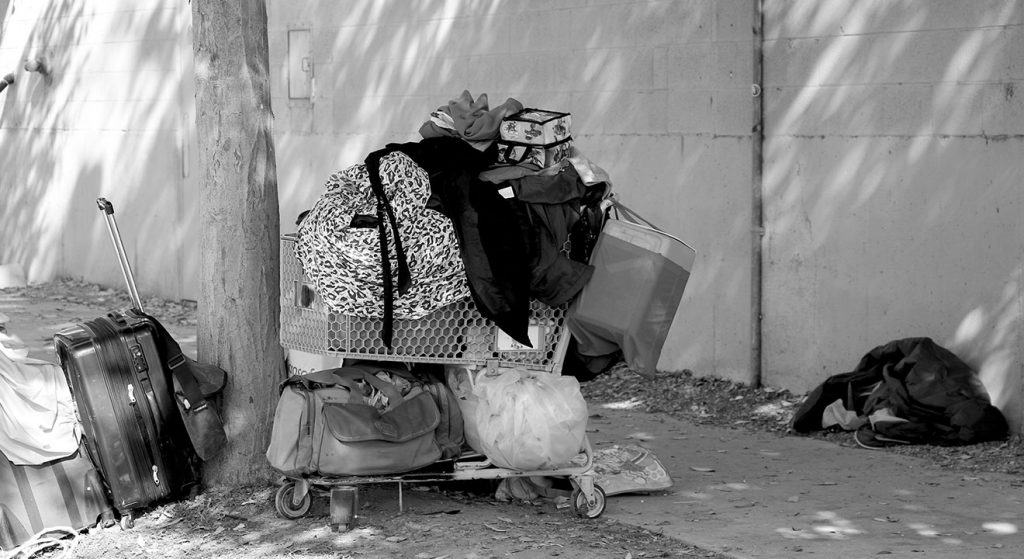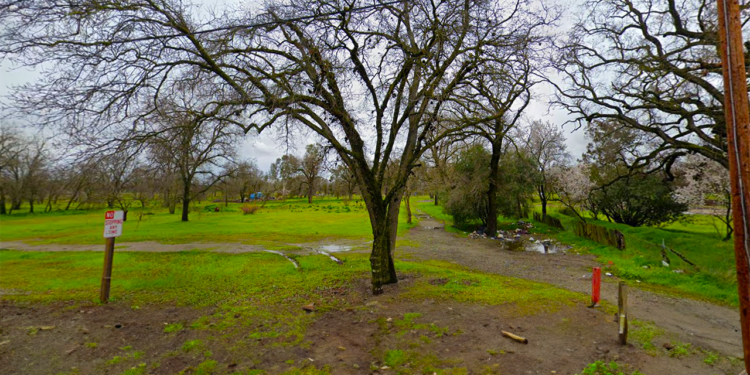This includes Rio Linda’s “Ground Zero” encampment site, likely impacting nearby Rio Linda High School
Governor Gavin Newsom has ordered state agencies to begin sweeping homeless encampments on public property, using newfound authority after the U.S. Supreme Court’s approval last month. This executive order, issued Thursday morning, directs agencies to remove encampments that pose a risk to “life, health and safety.” The order could impact tens of thousands of people living in tent encampments across California, including the recently cleared “Ground Zero” homeless camp, and the always-problematic Sacramento Northern Bike Trail in Rio Linda.

The latest count showed roughly 180,000 people in the state experiencing homelessness on any given night, with about 123,000 unsheltered and sleeping in tents, vehicles, or exposed to the elements. Despite the Newsom administration’s $24 billion investment in recent years to address homelessness, the numbers have continued to grow. Now, the governor is utilizing new tools provided by a recent Supreme Court ruling that allows state and local governments to arrest or fine people camping on public property.
Newsom had supported Grants Pass, an Oregon town at the center of the case, by writing a brief arguing that previous rulings had “tied the hands of state and local governments to address this issue.” Before the ruling, cities were required to offer shelter to people sleeping on public property before citing or arresting them. Under the new order, state agencies are still urged to partner with local governments to facilitate shelter and other supportive services before removing encampments.
“This executive order directs state agencies to move urgently to address dangerous encampments while supporting and assisting the individuals living in them — and provides guidance for cities and counties to do the same,” Newsom said in a statement. “The state has been hard at work to address this crisis on our streets. There are simply no more excuses. It’s time for everyone to do their part.”
The directive has faced criticism from advocates for the unsheltered, who argue that leaders need to do more to address the root causes of California’s homelessness crisis, particularly the severe lack of affordable housing. “The order itself is an attempt to misdirect attention away from the people who are responsible for that affordable housing crisis — the state and local elected leaders who have permitted it to grow so bad — and to put the focus back on the individuals who are actually the victims of that failure,” said an official from the National Homelessness Law Center.

In Rio Linda, the “Ground Zero” homeless camp had become a focal point for local authorities, community members, and advocates alike. The camp, which has constantly grown and regressed over the past few years as officials move the residents back and forth over Elkhorn Boulevard, was recently cleared under the new order. This has raised concerns among the local community, particularly regarding the proximity of the encampment to nearby Rio Linda High School. The encampment had been a source of anxiety for parents and educators, who worried about safety and the well-being of students.
The broader impact of the sweeps on Rio Linda and surrounding areas will be closely monitored. The potential for increased homelessness in other parts of the community and the strain on local resources are significant concerns. Meanwhile, projects like the Elverta Village and Placer Vineyard aim to address some of the housing shortages contributing to the homelessness crisis, but progress is slow and the immediate need for shelter and support services remains critical.
As state and local agencies implement Newsom’s order, the balance between enforcing public safety and providing compassionate care for the unsheltered will be a key challenge. The actions taken in Rio Linda and other impacted areas will serve as important test cases for the state’s broader strategy to address homelessness.















